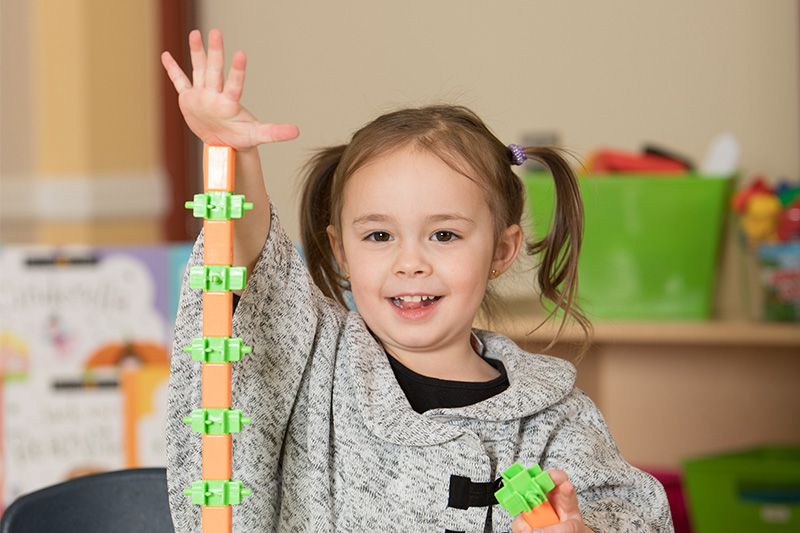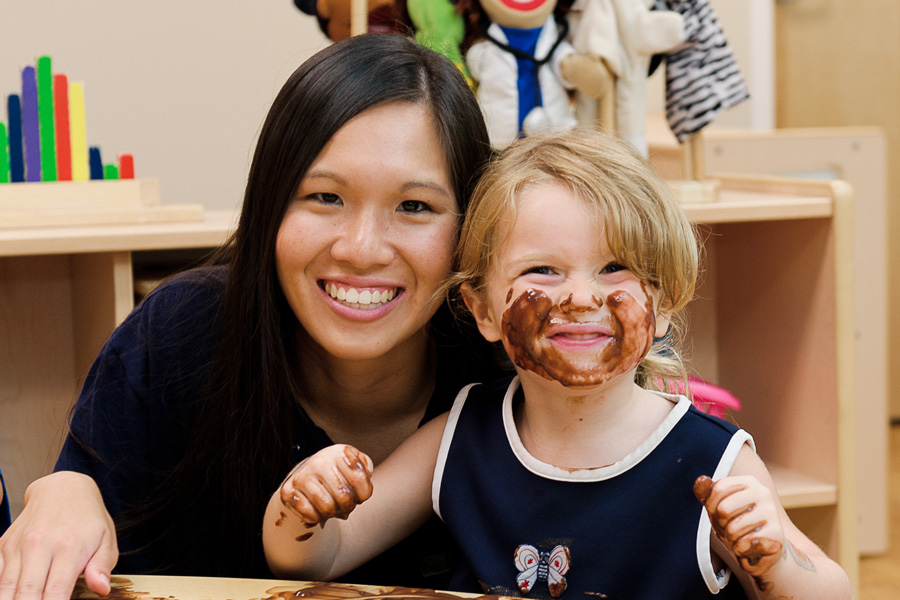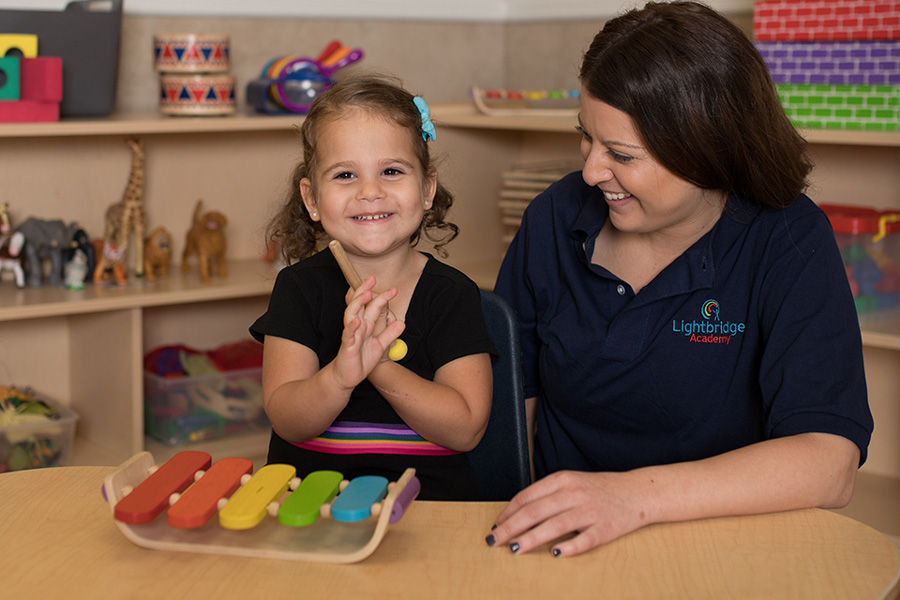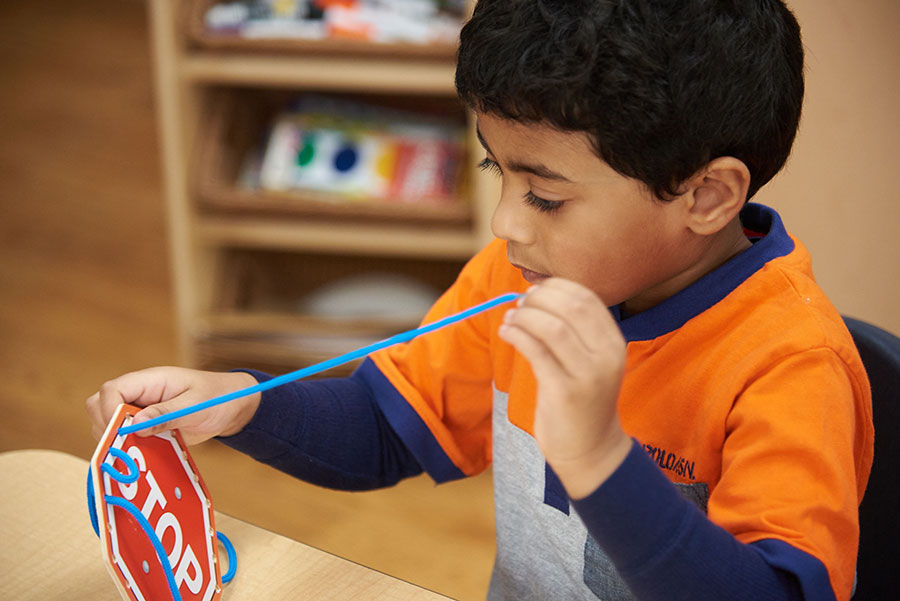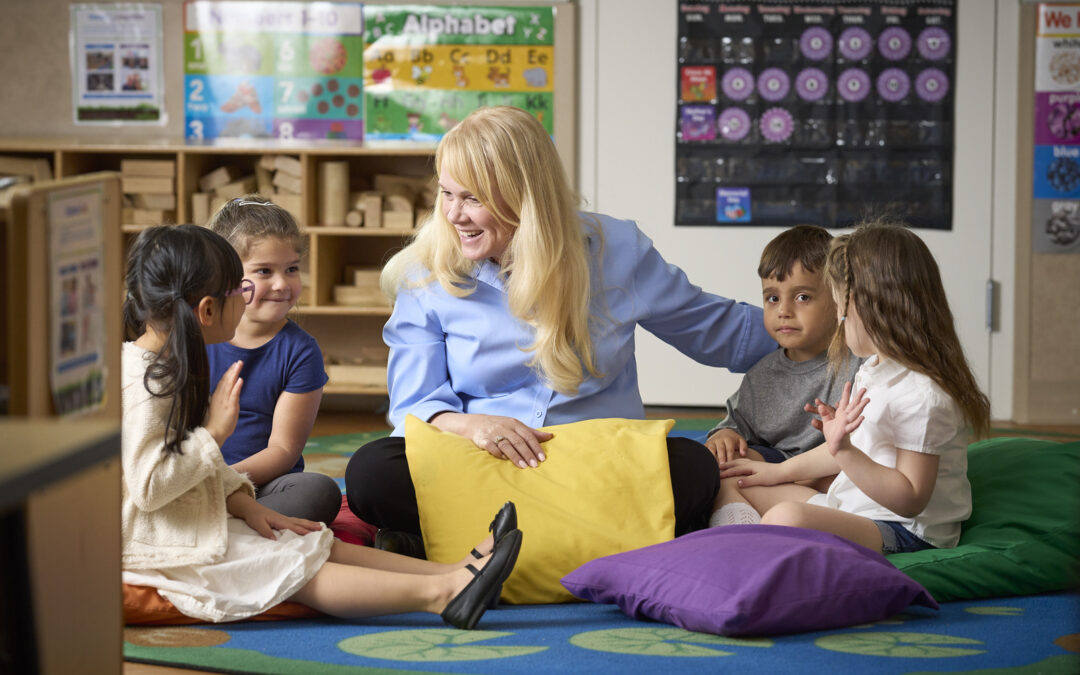As a parent, you have an incredible opportunity to nurture your child’s growth and happiness in a way that feels right for your family. Encouraging independent play for babies, toddlers, and preschoolers is a wonderful way to support their development. With so much information out there, it’s empowering to focus on what works best for you and your little one.
Independent play isn’t about rigid rules or unrealistic expectations — it’s about embracing a joyful part of childhood. By understanding its benefits and incorporating simple, stress-free strategies into your daily routine, you can help your child build confidence, creativity, and a love for exploration.
What is Independent Play?
Independent play is when a child engages in activities on their own, without direct guidance or intervention from adults. It allows children to make their own choices, solve problems, and explore their creativity at their own pace. This could be anything from building with blocks, drawing, or inventing imaginary games with their toys.
Although used interchangeably with free play, the two types of play have different goals in mind. During free play, a child has no boundaries or guidelines. The goal is to encourage freedom for children. According to education and child development expert Syeda Sazia Zaman, “They can choose everything – they have the freedom to select their play materials, interest area and even the plot.”
In contrast, structured play involves activities with specific rules or goals, often led or supervised by an adult — think organized sports or craft projects with clear instructions. Supervised play might allow more freedom, but an adult is still actively present, providing feedback, suggestions, or stepping in to solve problems.
While structured and supervised play is important for teaching specific skills and fostering social interaction, independent play is where children truly develop self-sufficiency, creativity, and self-confidence.
Why is Independent Play Important?
Many parents may feel the need to constantly entertain or guide their children, believing that it’s the best way to support their development. However, understanding the value of independent play helps parents recognize that stepping back is just as beneficial as stepping in.
Psychologist Peter Gray told The Harvard EdCast, “We are so overprotecting children, because we are so always there to solve their problems for them. They’re not developing the sense that they can solve their own problem.”
Independent play not only nurtures a child’s imagination and problem-solving skills but also teaches patience, resilience, and self-regulation. It’s in these quiet, unstructured moments that children learn to rely on themselves.
Gray says, “Children are designed to learn in play. Children learn all kinds of skills in play, social skills, emotional skills.” This type of play provides the foundation for lifelong learning and emotional well-being.
By grasping the importance of independent play, parents can feel more confident allowing their children space to grow. Plus, it offers parents a much-needed break, fostering a healthier balance for the whole family!
6 Strategies for Independent Play
Understanding independent play is key for parents to find the appropriate strategies. Explore these six strategies to learn how to encourage independent play in your young children.
- Choose age-appropriate, creative toys. Select toys that match your child’s developmental stage and encourage creativity and problem-solving. Avoid overly stimulating, like light-up or noisy toys.
- Create a safe, distraction-free play space. Set up a child-safe area that’s free from distractions, including removing screens like phones and tablets to promote imaginative play.
- Start with shared playtime. Ease into independent play by beginning with 15 minutes of joint play, gradually giving them more space to play alone.
- Encourage independence with positive reinforcement. Set clear expectations for independent play with an upbeat attitude. “It’s your playtime! I’ll be right over here.” Reinforce that they can enjoy their time alone and you’re available if needed.
- Stay nearby but avoid interrupting. Be within earshot or eyesight for comfort, but resist the urge to hover or comment on their play, allowing them autonomy.
- Make independent play a routine. Incorporate independent play into your child’s daily routine, making it a regular and expected part of their day.
Partner with Lightbridge Academy
Encouraging independent play at home is a great start, and building your child’s skills in this area can be a rewarding process. By starting small, you develop your child’s confidence, creativity, and self-reliance, which will benefit them for life.
For parents looking to ensure their child’s growth in a nurturing, supportive environment, Lightbridge Academy is here to help. As an early learning center, Lightbridge Academy offers an age-appropriate curriculum designed specifically for the physical, mental, and emotional development of your child.
Independent play is an integral part of Lightbridge Academy’s approach incorporated into every stage of learning. Through carefully designed activities, children are encouraged to explore their creativity, solve problems on their own, and develop social-emotional skills in a safe, engaging environment.
Let Lightbridge Academy be your trusted partner in guiding your child toward lifelong skills and confidence. Schedule a tour today!


